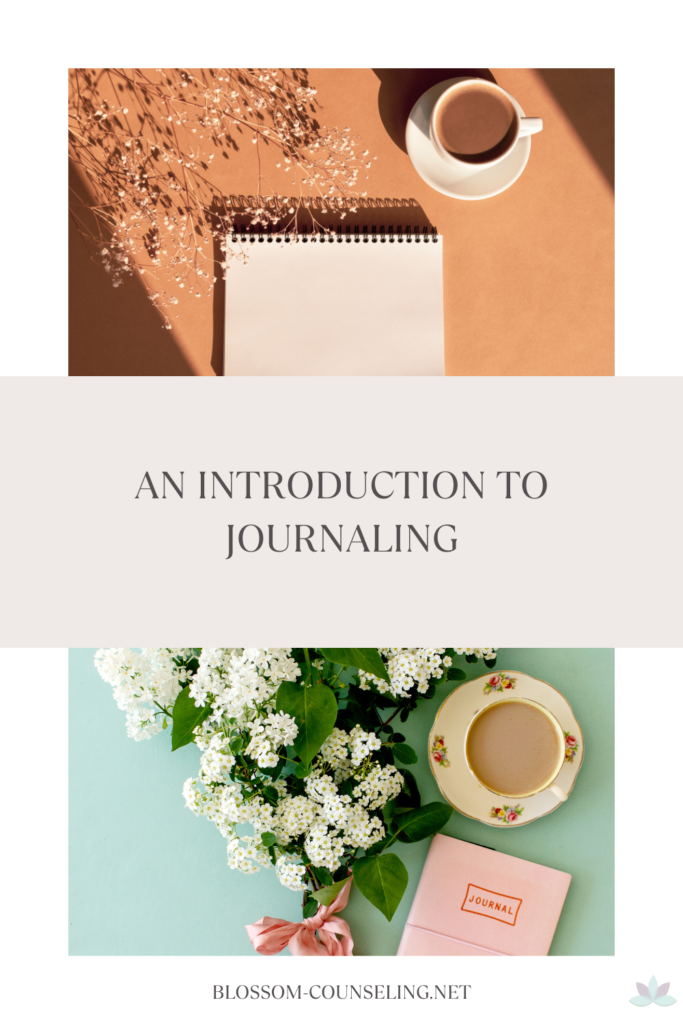
Cognitive behavioral therapy (better known as CBT) is considered one of the most successful forms of psychotherapy and coping skills development. Conceptualized by Aaron Beck at the University of Pennsylvania, this therapy incorporates both talk therapy and behavioral strategies in its approach. CBT helps clients understand the thoughts that influence their feelings and behaviors. Because of its high effectiveness and structured sessions, CBT is often shorter-term than other forms of psychotherapy, and the results are longer-enduring than most other treatment methods. Research shows that CBT outperforms other treatments for most anxiety disorders. And, it boasts the lowest relapse rate of all treatments, including medication!
How does it work?
CBT treatment focuses on the belief that how you think determines how you feel and behave. It goes like this: Something happens to you. You have a thought about it. You experience emotions based upon your thought. You respond to your thought and emotions with behaviors.
CBT therapists will spend time focusing on your thought patterns in order to change your feelings and behaviors. Like a detective, your therapist will help you discover and investigate your thoughts. We’ll help you identify patterns and reactions through worksheets, homework, and other strategies in session. Our goal is for you to become aware of your thoughts – especially the irrational ones! – so you can learn to change them. Understanding how your thoughts influence your feelings and impact your life is a significant focal point for your CBT sessions.
Some people mistake CBT for “problem solving” which totally undermines the real, core work of CBT! Problem solving is often temporary relief to problems, and won’t address the deeper patterns that may exist. CBT, on the other hand, works on your core thoughts/reactions and creates long-lasting, enduring changes to your perceptions and thoughts. It takes a preventive approach – if you make core changes, the likelihood that you’ll experience the same type of distress again will be lower.
A favorite component of the CBT approach is the empowerment that clients feel as they begin to make progress. CBT emphasizes that YOU are in control of YOU – your thoughts, feelings, behaviors, reactions etc. are all YOUR responsibility. This is an awesome thing to realize, especially when we are feeling defeated by situations we’re experiencing. It means you DO have the power to change!
Through changing thoughts, which leads to changing feelings, which leads to changing behaviors, CBT makes you better equipped for managing stress, alleviating depression and anxiety, and changing negative habits. When you are equipped to accurately and calmly react to situations, you’re more likely to feel happier and more relaxed!
Key Characteristics
CBT focuses heavily on the development of coping skills. Providing you with the tools to manage your own responses/reactions, you’re better able to handle the many situations life may throw at you. CBT is mostly client-led. This means the therapist is here to support you and provide you with skills, but it is your own willingness and openness to change that dictates your progress and pace in therapy.
Automatic negative thoughts (ANTs): Probably the most well-known CBT term, ANTs are pretty much exactly what they say they are! These are thoughts that pop up immediately, are accepted as true, and negatively influence your mood and behaviors. This leads us into our next characteristic, since we use the rational approach to help defeat your ANTs!
Rational approach: CBT at its core emphasizes rational thinking, the ability to identify and use facts to react and respond to situations. Many techniques will lead you to examining if your thoughts are really accurate. Most clients learn that their assumptions and reactions are at least partially inaccurate, which contributes to their feelings of depression, worry, anger, etc.
Neural connections: Science time. I’m sure you’ve heard time and time again to ‘think positive’ – and fortunately, that’s true! Your brain will always have the ability to evolve. If we break unhealthy, inaccurate thought patterns, our brains will adjust for the better. I share the following analogy with almost all my clients: Imagine your brain as a field of tall grass. You want to get to the other side of this field, so you walk through the tall grass. As you decide to use this path each time you cross the field, the grass gets matted down. Now, each time you approach the field, the easiest way to get to the other side is down the path you’ve already created. Although it’s the easiest path, it may not be the safest – maybe now the animals have found it, there’s debris, it’s unsafe, etc. The same thing happens in our brains. Going down the unhealthy path is familiar and easily accessible but isn’t to your benefit. Just like walking over that tall grass field to make a new path, we’ve got to put in the work to create a new pathway for your brain to choose that’s healthier, safer, and beneficial for your well-being. Eventually the former path will be grown over, and it won’t be your first choice of access anymore!
Acceptance: Learning to accept difficult thoughts and feelings as a necessary part of life helps you learn how to stay calm and rational when challenges arise. CBT teaches how to accept difficulties without judgement and prevent it from getting worse.
New perspectives: CBT therapists will often ask a lot more questions than other therapists. This helps us guide you to a new perspective that is more realistic and helpful. We may point out alternative thinking, different points of view, and other ideas for you to reflect on.
Positive CBT
Here at Blossom, we deviate slightly from the traditional CBT approach that I’ve described so far. Although we incorporate many of these components into our approach, we tend to focus on what’s called Positive CBT.
Positive CBT is different from traditional CBT because we focus more on your strengths and well-being rather than your unhealthy, maladaptive thoughts. We use the same techniques but with a positive spin so that you can make the most of your strengths!
How can it help you?
CBT is commonly used to treat
- Anxiety
- Depression
- Phobias
- Stress
- Anger
- Chronic pain
- Sleep disorders
- OCD
- Habit forming and control
- Self-esteem
CBT is best-suited for those who prefer a more structured and focused approach from a therapist who acts more as an instructor. As mentioned above, those who are willing to put in the time and effort and are open to change will benefit the most from CBT.




